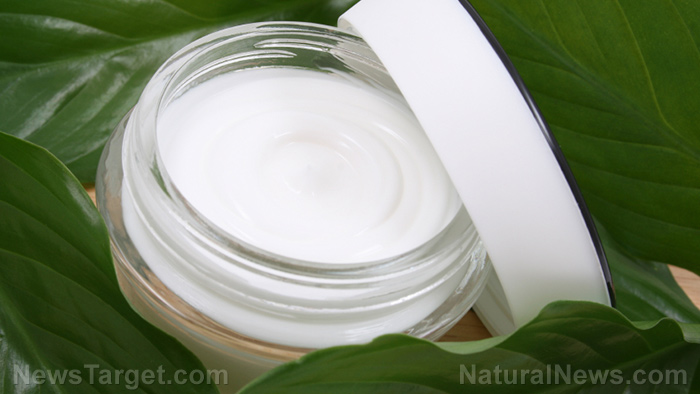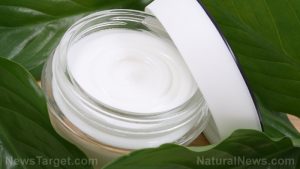Phenoxyethanol — toxicity, side effects, diseases and environmental impacts
11/16/2017 / By Rita Winters

Naturally-occurring in green tea, phenoxyethanol is a glycol ether that has a commercial, laboratory-produced synthetic counterpart. In its pure chemical form, it is a colorless liquid with a pleasant odor, commonly used in perfumes and cosmetics. Other uses for phenoxyethanol are insect repellents, antiseptics, solvents, anesthetics, soaps, cellulose acetate solvents, dyes, stamp pads, ballpoints, inks, and preservatives used for human specimen dissection.
Phenoxyethanol has antimicrobial, antibacterial, and germicidal properties, and is used for preserving pharmaceuticals, cosmetics, and lubricants. While it may have those benefits, it also has toxicologic properties when inhaled, ingested, or contacted on the skin in large, or concentrated amounts.
When using this as an ingredient for blending into cosmetics or others, always take precautions such as using disposable gloves, wearing eye protection, and working in a well-ventilated room. If eye or skin contact happens, rinse with clean water immediately and seek professional help.

j
List of known side effects
- Severe eye and skin irritation and damage, including eczema, hives.
- Lung irritation, hypotension, ventricular dysrhythmias.
- Brain cell damage, central nervous system (CNS) depression which includes decreased breathing rate, decreased heart rate, loss of consciousness leading to coma or death due to inhibition of the brain’s activity.
- Repeated, long-term exposure causes organ damage, including peritonitis, serositis, and renal injury.
- Nipple cream used by lactating mothers can cause severe CNS problems and other digestive disorders in infants.
Body systems harmed by phenoxyethanol
Exposure to small amounts of phenoxyethanol may cause dermal, ocular, and lung irritation. Excessive and long-term exposure to phenoxyethanol can cause severe damage to internal organs. Small amounts of the chemical compound can be largely found in cosmetics and should be avoided according to the European Commission on Cosmetic Ingredients (CosIng). Phenoxyethanol is toxic to the kidneys, liver, and nervous system.
Items that can contain phenoxyethanol
Phenoxyethanol can be found in moisturizers, foundation, hand sanitizers, sunscreen, conditioners, mascara, eyeliners, shampoo, shaving cream, and most commonly used beauty and bath products, even medical supplies such as ultrasound gel.
How to avoid phenoxyethanol
Avoid using products that have the following labels: Phenoxyethanol, 2-phenoxyethanol, Euxyl K 400 (mixture of phenoxyethanol and other chemicals), and PhE
Where to learn more
- FTC goes after dishonest companies for claiming their chemical-laced products are ‘all natural’
- Toxic chemicals in cosmetics are increasingly HARMING consumers
- Vaccine overload disorder is sweeping the nation while MDs are calling it anything but what it really is
- The 7 most common toxins people apply to their skin DAILY without even knowing it
- Glamour is expensive both on your wallet and your health: Women can spend thousands on TOXIC makeup
Summary
Phenoxyethanol is a commonly used in non-toxic cosmetics. It is acutely toxic in large amounts. This chemical compound causes the largest damage to the central nervous system, liver, and kidneys. Minor to moderate side effects includes skin and eye irritation.
Sources include:
Tagged Under: phenoxyethanol




















